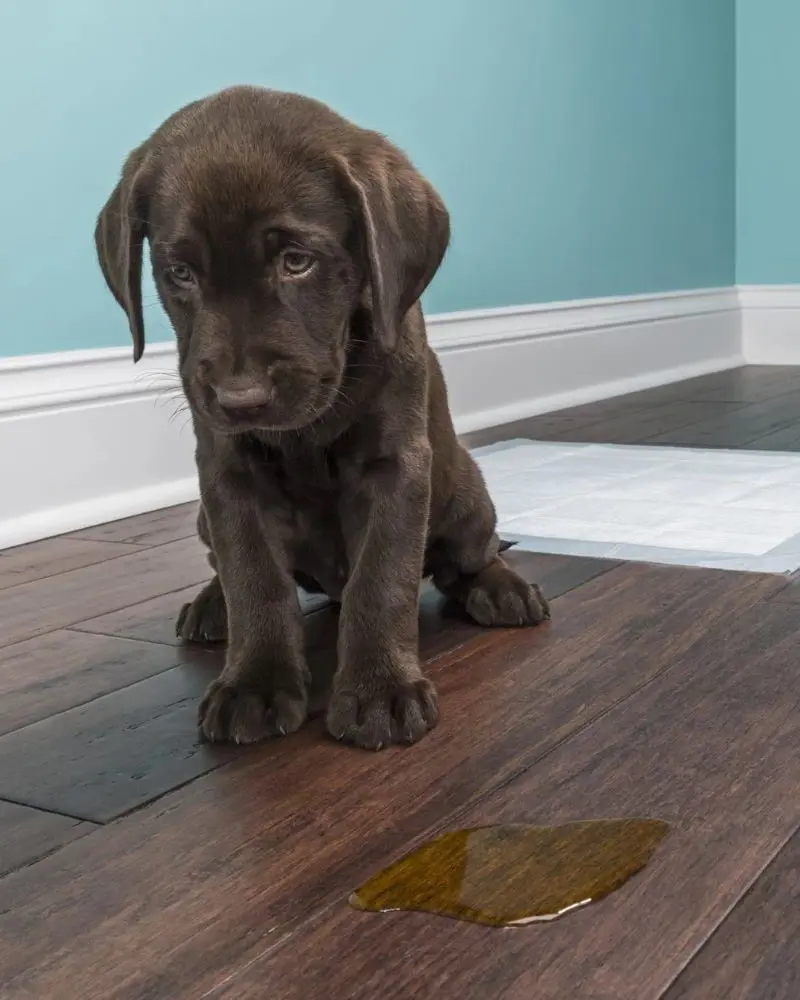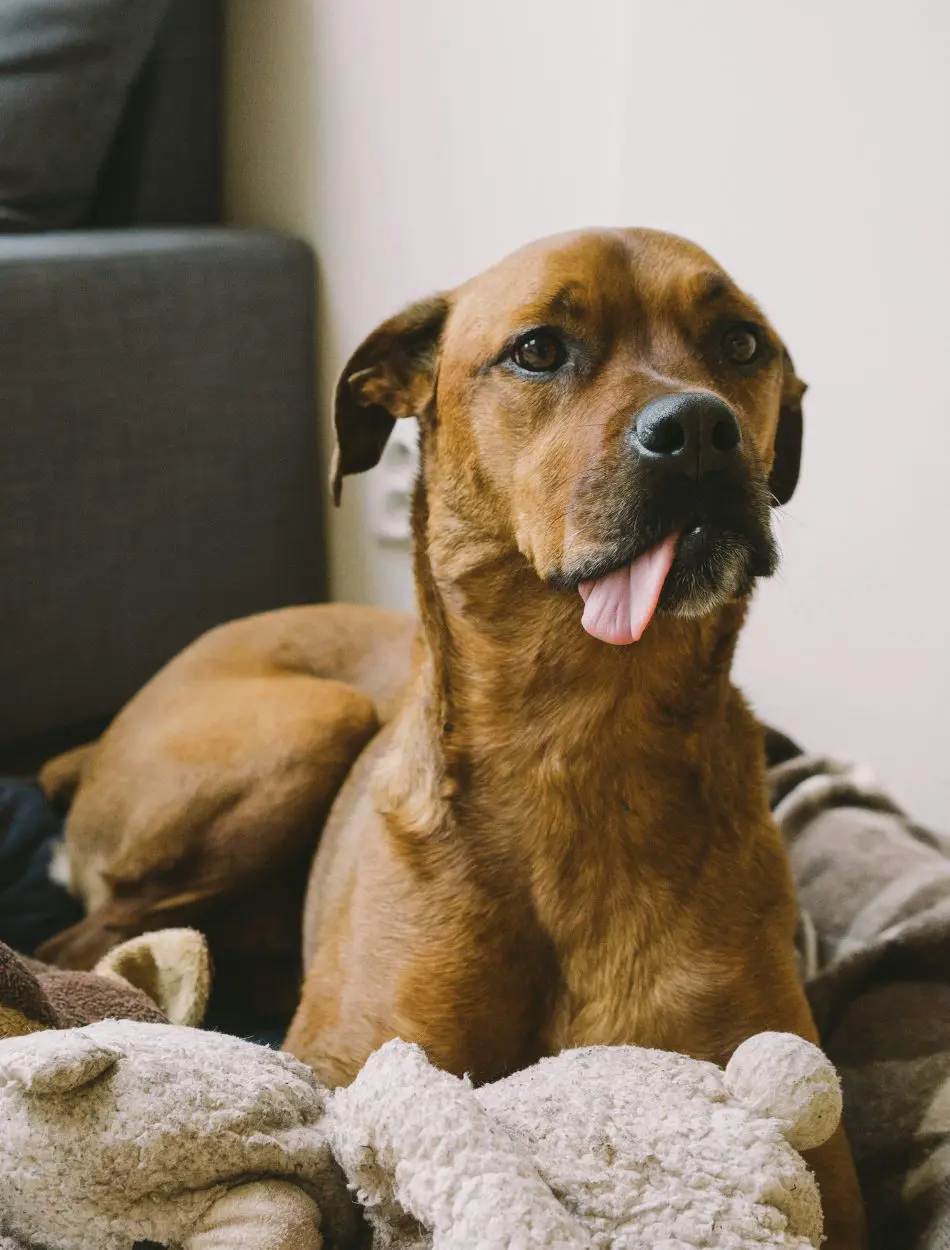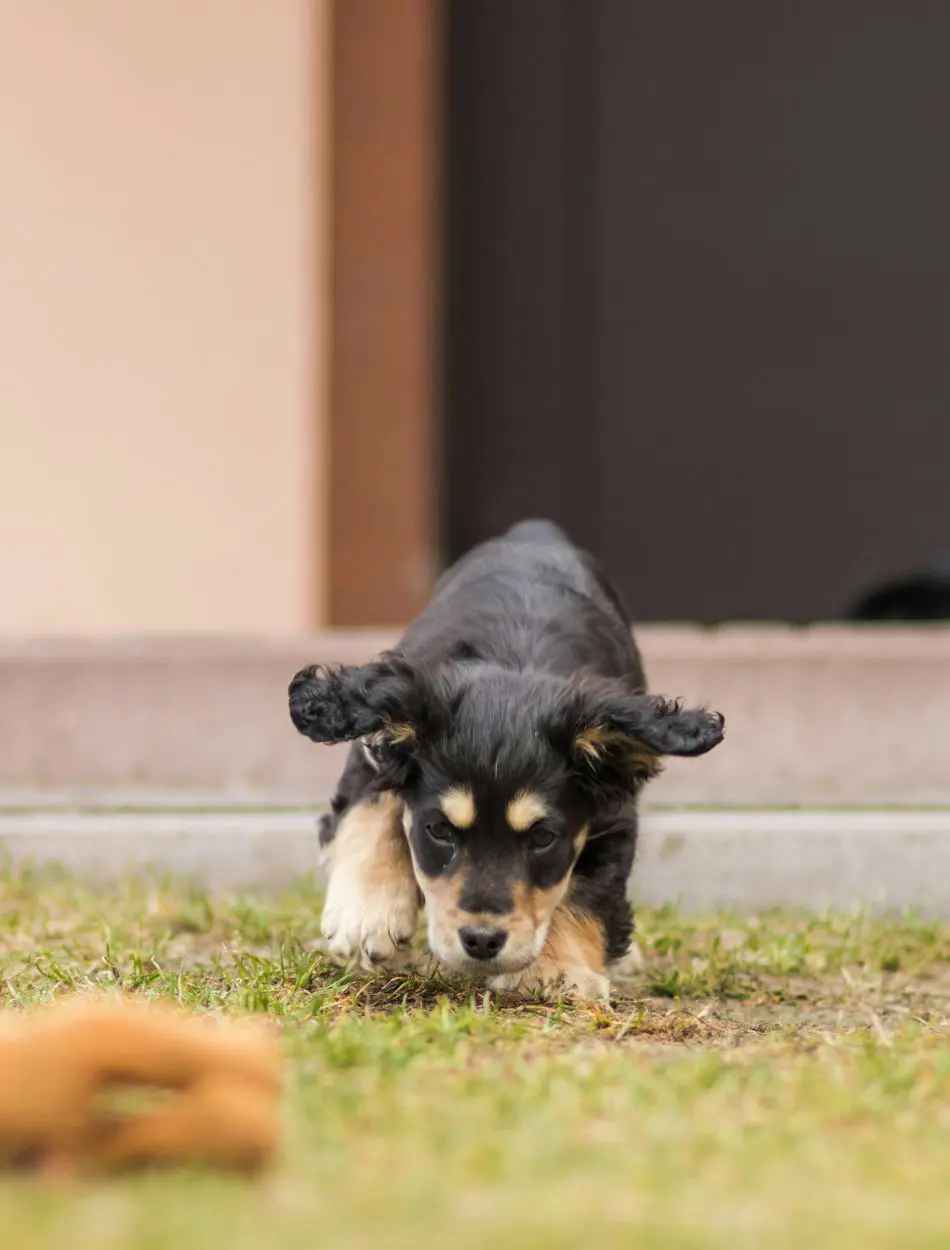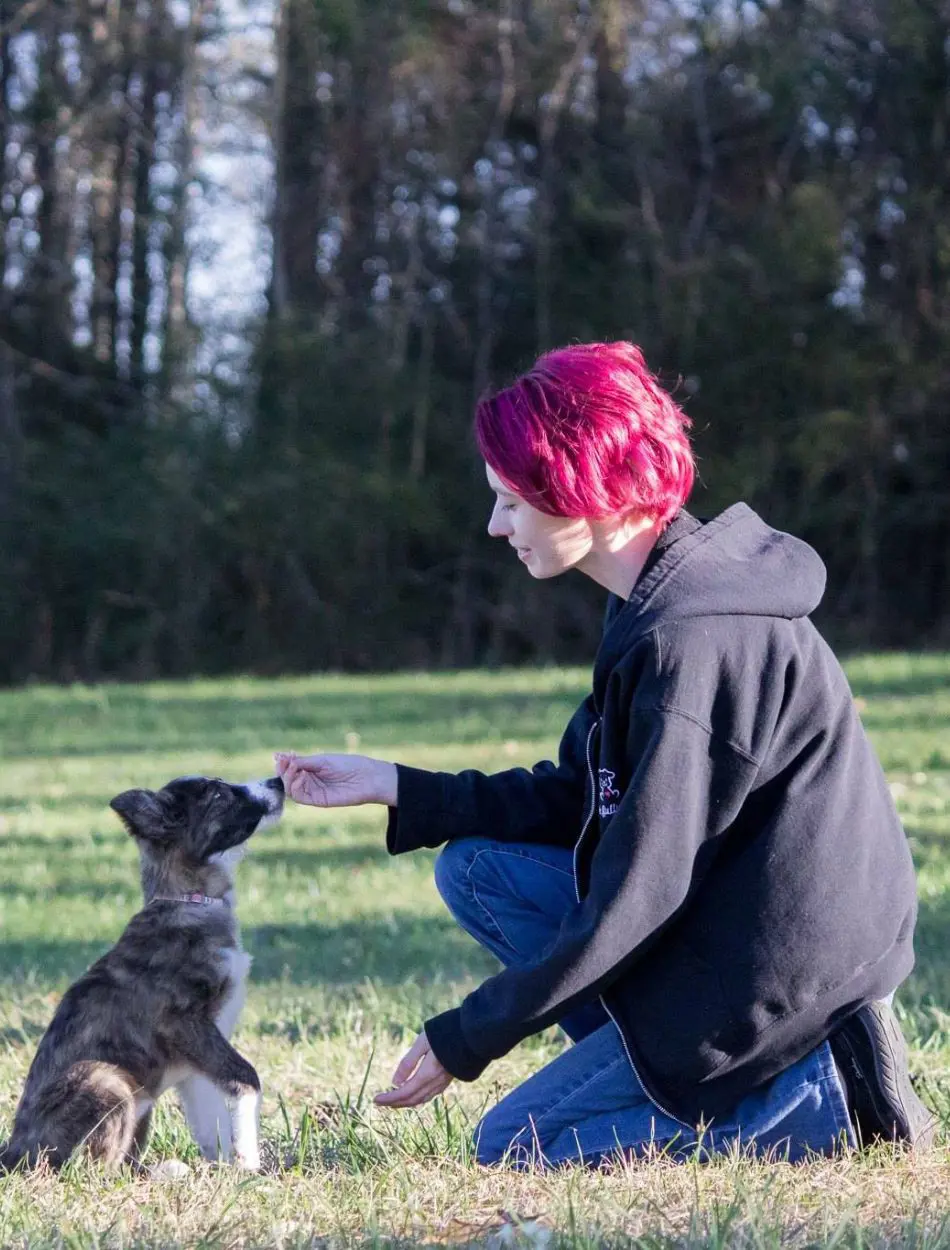Why Is Your Dog Showing Aggression And How To Stop It
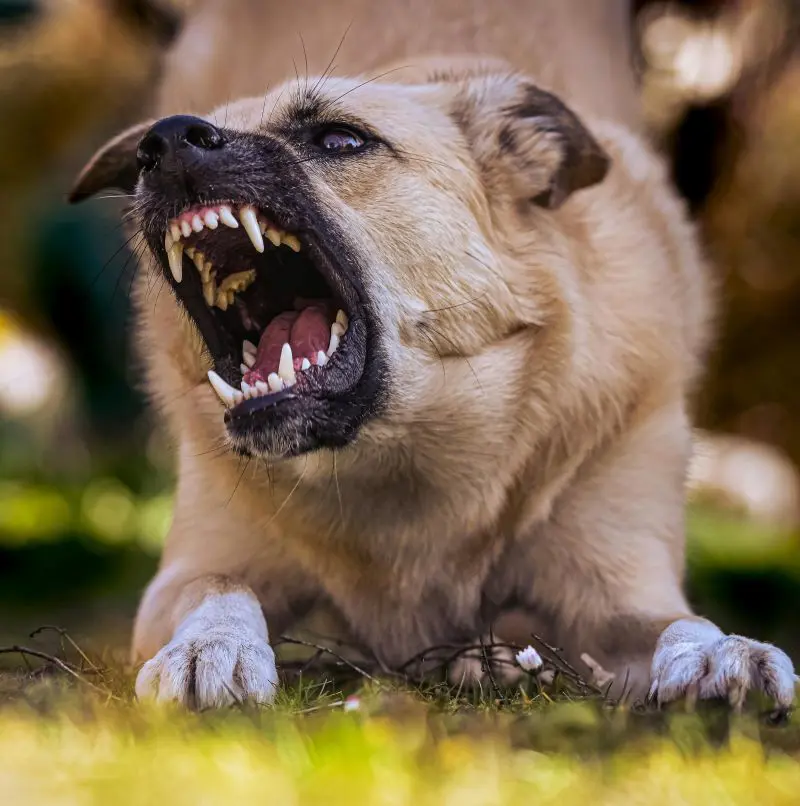
Dog aggression can be scary, but understanding the cause is the first step to solving it. Common reasons include fear, pain, or feeling threatened.
It could also be due to anxiety from new individuals or canine friends, or even guarding food or toys. If your dog acts aggressively, avoid punishment and seek professional help from a veterinarian or trainer to ensure safety and a happy future for you and your furry friend.
Know About Dog Aggression
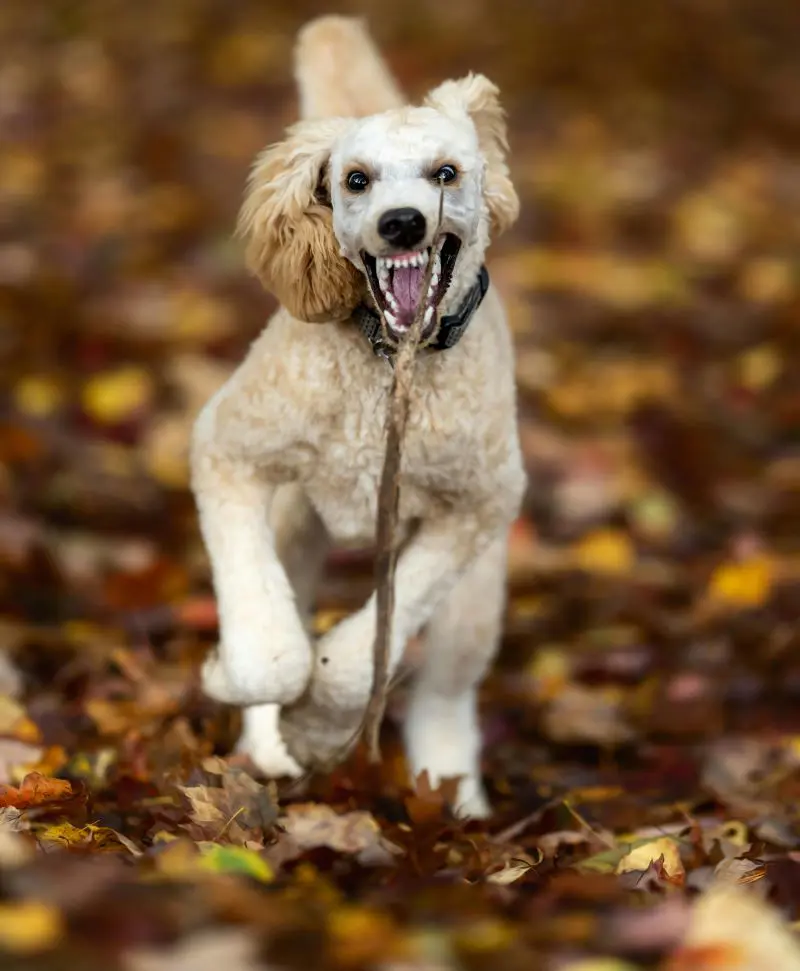
The first thing that comes to mind when someone says their dog is aggressive is that they have a dog that bites. However, showing aggression can mean a lot of different things. Some furry friends keep their aggression toned down and never act out more than their occasional growling, while others can attack other dogs or even strangers.
Whatever signs of aggression the dog displays, the most crucial thing is to identify what triggers the behavior. Different reasons are there to show why a dog might be angry and what triggers the dog to have their aggression higher. Despite their aggression being a serious behavioral issue, you might have to deal with it.
Signs For Dogs Aggression
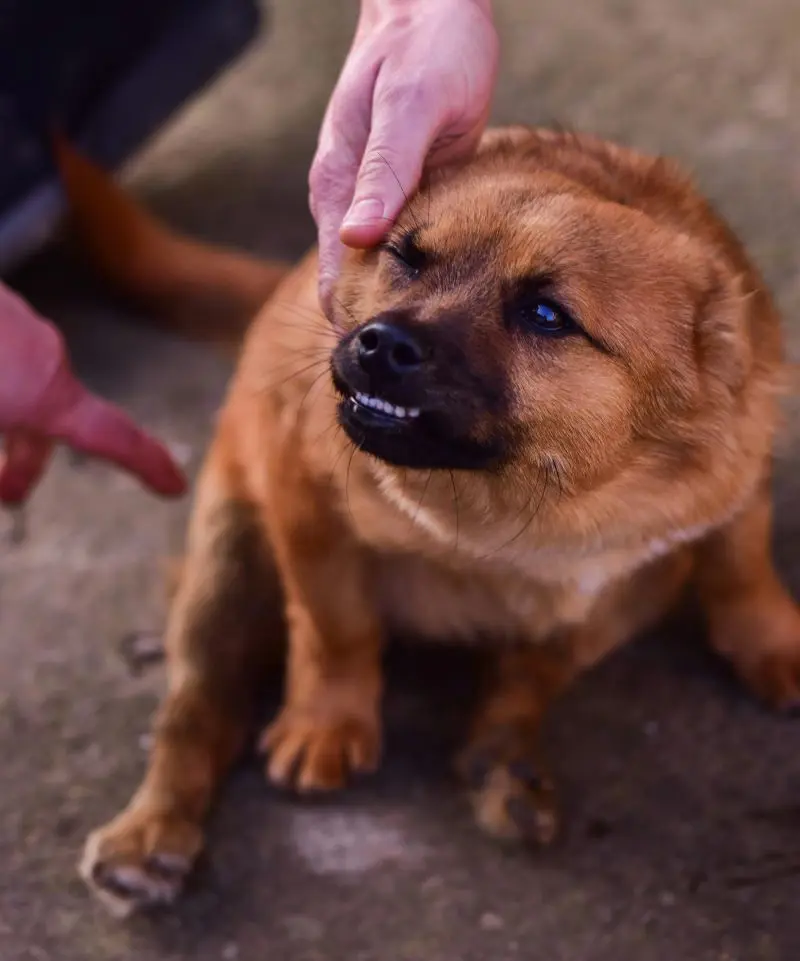
To restrict your dog from being aggressive, the first thing you should look out for is the signs to tell if a dog is nervous to the point of being fierce and what kind of body language and signs are a precursor to an attack. Knowing the answers to these questions helps you anticipate aggressive behavior and stop it in time.
Depending on the cause and intensity of the stimulus rising aggression, pups might progress through all of these behaviors or might just deliver a warning sign by growling, snarling, or showing aggressive body postures.
Here are the most common signs of aggression that a dog may display:
Growl or Bark In A Threatening Tone
This is an obvious warning sign that a dog is threatened or agitated. It's often displayed by showing their bare teeth and a tense body posture.
Curl Its Lips To Expose Its Teeth
Dogs may display their teeth as a sign of aggression or to show dominance, with a stiff body stance.
Raised Fur
When a dog's fur stands up, especially along the back and shoulders, it indicates elevated arousal, which can lead to aggression.
Stiff Body Language
A dog preparing to attack will often freeze and hold its body rigidly. This is a defensive posture meant to scare.
Intense Staring
Staring without blinking can be a precursor to aggression in dogs. It's a way for them to claim dominance or warn others to back off.
Raised Feathers
The fur along the dog's spine may stand up when they feel threatened or prepared to defend itself.
Lunge Forward Without Making Contact
If a dog lunges forward at someone or something, it is a clear sign of aggression and a potential precursor to biting.
Low Growl
A low, deep growl or snarl often shows that a dog is defensive and may escalate to aggression if the threat persists.
Attempts to Bite
This is the most extreme sign of aggression and typically occurs when a dog feels cornered, threatened, or protected.
Closed Mouth and Tight Lips
A closed mouth with lips pulled back tightly can indicate stress or anxiety, which may rise to aggression if the dog feels tortured.
Causes Of Dogs Aggression
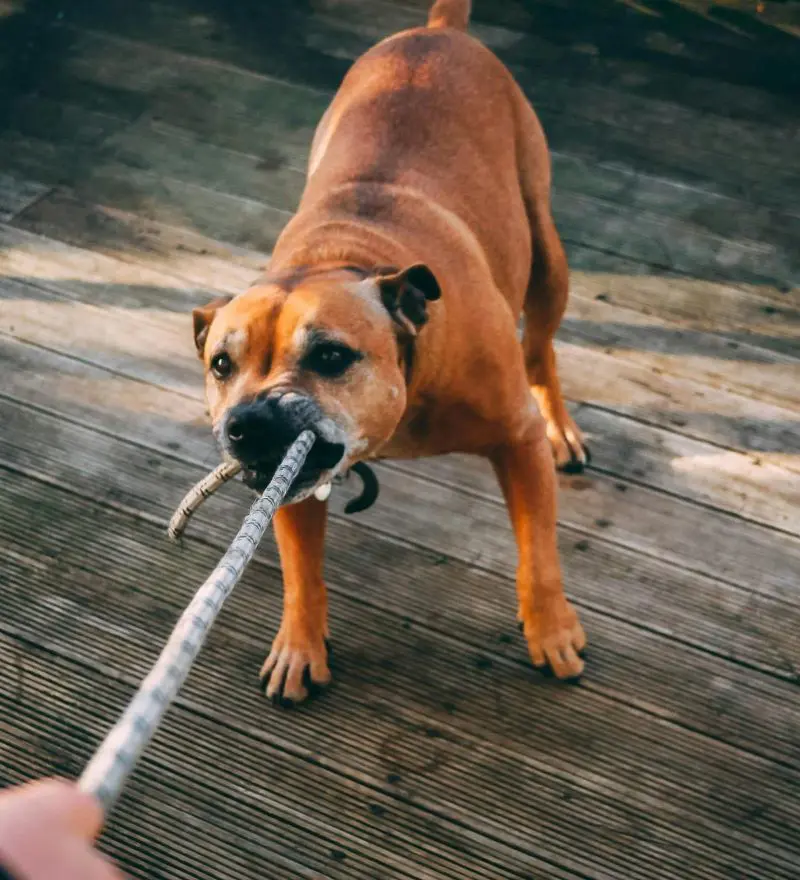
While a playful growl or an excited bark might seem harmless, canine aggression can be a serious issue for dogs and their human companions. Understanding their root causes is the first step towards creating a peaceful relationship with your furry friend.
Common causes include fear and anxiety, further encouraged by unfamiliar people, animals, or situations. Pain or discomfort can also lead a dog to lash out defensively. Territorial instincts and dominance issues can arise, particularly among males. Positive experiences like petting can be mistaken as aggression if a dog has had negative past experiences.
Illness And Injury
Some medical conditions can cause dogs to become fierce. If a dog that has never shown any sign of fierceness suddenly begins growling, snapping, or biting, it may be caused by a disease or illness. Other illnesses may affect your pup's brain, leading to aggression that seems unreasonable. Conditions related to overall well-being and diseases may cause the onset of aggression, especially in older dogs.
On the other hand, Pain is a common cause of aggression in dogs. Your aggressive dog may have an injury or an illness causing major discomfort and stress. Some possible causes of pain include arthritis, bone injuries, and fractures.
Fear
A fearful dog can easily develop aggressive behavior. Most dogs only exhibit aggressiveness if they sense they are in danger, can't escape, and need to defend themselves.
If it is a rescue dog, it may have been abused, neglected, or experienced a traumatic event in the past, or not properly socialized as a puppy. Sometimes rescue dogs need obedience training with an instructor, who specializes in teaching dogs that have been abused or not properly socialized. You should train or socialize your dog at a younger age to help prevent fear down the road.
Possessiveness
When a dog feels a strong attachment to an object, like a toy, food bowl, or even a favorite spot on the couch, they may become defensive and fierce if they sense someone or something as a threat to taking it away.
Growling, snapping, and biting are all warning signs when a dog needs to guard its resources. In some cases, the possessiveness might extend to people they consider "theirs," leading to attacks towards strangers or other pets in the household who approach them. This behavior can be caused by insecurity or a lack of proper training on sharing and respecting personal space. Handling it early through positive reinforcement training and desensitization can help prevent escalation into full-blown aggression.
Frustration
Aggression caused by frustration occurs when a dog is restricted from achieving their desired goal, such as reaching another dog or person. This can happen on a leash when a dog cannot access something it wants, leading to shifted aggression towards nearby individuals or objects.
The constant tension on the leash and the inability to reach their partner create a perfect stage for frustration. A growl or lunge could occur, even if they wouldn't normally be aggressive. The restrained dogs usually barks and growls more fiercely as the frustration increases.
Territoriality
Territorial aggression in dogs displays defensive behavior to protect their sensed space, such as home or yard, from perceived humans or animals. Common signs include intense barking, growling, and displaying teeth, with a stiff posture and raised tail. Breeds with guarding intuitions may show this behavior more effectively.
Effective management involves proper training, secure boundaries, and behavior modification techniques. Early understanding of the triggers is crucial for mitigating territorial aggression in dogs.
Lack Of Socialization
A critical period for puppy development is socialization, roughly between 3-16 weeks of age. During this time, positive experiences with new people, animals, sights, and sounds predict how a dog interacts with the world.
When socialization goes lacking, pups grow up unsure and fearful of anything unfamiliar. This fear can easily translate into attack as the dog's default response to anything it smells as a threat. It can also restrict a dog's ability to communicate and won't understand calming signals from other dogs or humans, leading to misunderstandings and aggressive situations.
Dominance
While it is rare, aggression of dominance is shown when a dog tries to be the boss, attempting to assert control over their owners or other dogs. They might growl, mount, or stare to control you or other dogs. It's not about cuddles or treats - they want to be in charge.
Genetic Prediposition
Certain breeds are more predisposed to certain aggression types than others. For example, some guarding breeds may be more territorially inclined. However, it's crucial to remember that any dog can become aggressive under the right circumstances.
Genes can influence a dog's overall temperament, making them more anxious, nervous, or easily startled. This could make a dog more prone to reacting aggressively in stressful situations.
Redirected Aggression
Maternal Aggression
A mother dog will guard her puppies and may show aggression towards anyone or anything that she finds as a threat to them. Common triggers include hurried movements near the puppies, handling or moving the puppies, or unfamiliar things approaching the area.
Signs of maternal aggression can include growling, baring teeth, lunging, snapping, or even biting. Some dogs may be more vocal while others may rise to physical aggression more quickly. The aggression is not only directed towards potential threats but also towards protecting the nest.
Types Of Dog Aggression

There might be a common reason for several types of aggressive behavior. For example, a dog establishes dominance by being aggressive and can exhibit that by attacking other canine friends, being unfriendly with new members, or lashing out when on a leash.
Understanding the motivations behind your dog's behavior and how to address them, is crucial to identifying the exact type of aggression.
Possession Aggression
Also known as resource guarding, this behavior is centered around a dog's obsession with certain objects. The thing might be their favorite toy, their bed, bowl of food, but the result is always the same. Once a person approaches their belongings, dogs will immediately react from just growling to a full-on attack, that includes biting.
Fear Aggression In Dogs
As with humans, fear is a powerful motivator for dogs. When faced with a scary situation, a nervous dog can turn to a flight or fight response and the aggressive ones choose the latter.
It has no warning signs, unlike most other types. Because they will react only when they think there is no option but to defend themselves from the intruders. They won't growl, bare their teeth, or snarl before they nip at their source of fear.
Leash Aggression
If your pup is friendly and calm most of the time but starts lunging, barking, and trying to bite as you put on their leash, it is a clear sign your dog is leash aggressive.
This aggressive behavior is rooted when your furry friend is restrained and frustrated by their leash. It is somehow frustrating when your dog acts in public. This often happens when dogs are not trained on time and can be a type of fierce behavior, which is easier to resolve.
Social Aggression
Dogs are social animals who work in packs, with a strict hierarchy in the household, even if you’re not aware there is one. Other pets might be lower in status, a dominant dog will remind them who is the boss every once in a while showing dominant behaviors.
A dog sometimes can lash out at people they consider the rant of their pack. The key here is to be assertive and act as the pack leader rather than a two-legged beta.
Pain Induced Aggression
Dogs are very good at hiding their pain, but if something is bothering them they might start to growl or nip showing their defense mechanism.
It is essential to be careful when handling a dog in pain. If you notice your older dog's aggression, chances are they are experiencing some kind of discomfort or pain or even an illness. The injured have also been known to bite their owners while they try to help cure the pain.
How To Handle Dogs Aggression

Dog aggression can be a frightening and stressful experience for a dog and its owner. However, with patience, understanding, and the right approach, many types of aggression can be managed using different strategies to address dog aggression:
Remove Triggers
Try to remove that trigger from the situation, responsible for triggering your furry friend. It could involve putting away a favorite toy, giving them space from another dog, or leaving the room.
Create a Safe Space
Provide your dog with a safe space, a quiet room, to retreat to until they have calmed down.
Positive Reinforcement Training
Positive reinforcement training methods are the most effective way to address aggression. A certified professional dog trainer can help you develop a training plan that rewards desired behaviors and prevents aggressive behaviors of dogs.
Basic Commands
Teaching commands like “sit,” “stay,” “leave it,” and “come” turn the dog’s focus and control their instincts. Practice these commands in other environments and slowly increase distractions to improve trustworthiness.
Addressing Fear and Anxiety
If your dog's aggression is due to fear or anxiety, you can take additional steps, such as desensitization and counterconditioning techniques.
Avoid Punishment
Punishment can increase aggression and hurt the trust between you and your dog. Instead, focus on rewarding good behavior to encourage positive changes.
Recent posts
Dogs
Why Do Dogs Pee In The House?
Uncontrolled peeing inside the house is usually perceived as a sign of a poorly-disciplined dog. However, it may not always be true as the canine could be suffering from a medical issue or cognitive decline. And, getting made is not the solution as y...
Dog Sleeping Positions And Their Meanings
The diverse sleeping dog positions of our furry companions unveil a fascinating tapestry of behaviors and emotions in the canine realm. From the classic Curler to the enigmatic Superman, each posture conveys a unique message about a dog's well-being ...
Dog In Heat: When It Happens And How Long Does It Last
A female dog will get to the phase of reproduction known as the heat cycle if she has not been spayed. If you have an unspayed female dog, it's vital to understand the stages of her heat cycle. During heat, a canine's conduct may additionally c...
15 Causes of Dog Losing Hair
Occasional hair loss and shedding is a natural physical process in dogs. Seasonal shedding helps remove dead and excessive hair from their body. But, when a dog starts losing excessive hair, it can be a terrifying sight for pet owners. Often, dog par...
18 Signs A Dog is Dying
Recognizing the signs that a dog is dying can be heartbreaking, but it's far more essential to offer comfort in their final days. The signs consist of changes in behavior and constant hunger indicating that it may be time to say good-bye. Owners who...
15 Reasons Why Dogs Eat Poop And How To Stop It
Dogs sometimes engage in odd and unhealthy behaviors, along with ingesting their poop or that of different animals. This habit may be concerning and disgusting for any pup owners. This habit has many motives, however, the secret is locating eff...
